Significance
Renowned for its decorative arts, Dalongdong Baoan Temple preserves in its halls a collection of woodwork, murals, and Koji ceramics created by the Taiwanese masters of its time, including Tan Ing-pin, Guo Ta, Pan Li-shui, and Ang Khun-hok. The temple itself, with its meticulously detailed construction and elaborate decoration, is a building of significant artistic value. In 1995, the temple underwent a large-scale restoration in which many domestic and international craftsmen and scholars were invited to participate. Damage assessment of the temple’s wooden structures and the selection of new materials were carried out using scientific, non-destructive testing methods to supplement traditional visual and tap test inspection techniques. The restoration received worldwide attention and was singled out for recognition by UNESCO, receiving the 2003 Asia-Pacific Award for Cultural Heritage Conservation. The temple is an exemplar of Taiwanese heritage conservation.
History
The Baosheng Emperor, also known as Da Dao Gong or Wu Zhen Ren, is a god of medicine worshiped in the Minnan region of China. Originally a skilled doctor and Taoist practitioner named Wu Ben, he was credited with a number of miracles and deified after his death. In 1150, a temple was built in his name in Baijiao Village, Fujian Province, which Emperor Gaozong of the Song Dynasty honored with the title Ciji Temple. According to legend, Baoan Temple was established in 1742, when travelers from Tong’an, Fujian visited Dalongdong Village in Taiwan and discovered that many local people at the time suffered from miasma (a noxious form of “bad air”). They then returned to the Ciji Temple in Baijiao Village and begged permission to impart the Baosheng Emperor’s divine presence to Dalongdong Village. In 1805, construction began on the temple, which was completed in 1830. The temple then became a spiritual center for the Tong’an people living in Dalongdong. A tale goes that the leftover construction materials were later procured by wealthy local families to build the forty-four stores located on the right of Baoan Temple. This is the origin of the historical name “Forty-Four Stores,” now known as Hami Street. The latest large-scale restoration of the temple, in 1995, received the UNESCO Asia-Pacific Award for Cultural Heritage Conservation.
Special Features
1The Architectural Style of Baoan Temple The roof of Dalongdong Baoan Temple’s front hall was built in the traditional Chinese style of a hip-and-gable roof with double eaves and an additional gable on the top (xiēshān zhòngyán jiǎsìchuí), considered to be the pinnacle of temple architectural style in Taiwan. A decorative frieze (shuǐchēdǔ) can be found between the upper and lower eaves, featuring a mosaic-like traditional cut-and-paste porcelain craft (jiǎnnián), Koji ceramics, and clay sculptures. The architectural style also reflects the immigrant background of its builders. For example, the wooden roof structure built in the traditional front-hall style is a typical design of the Minnan culture. Moreover, the flooring and walls are laid with broad, flat bricks and tiles, while carved dragon heads extend from the eaves of the main hall and the Sanchuan (front) Hall. These are all building techniques of the Tong’an, Zhangzhou, and Quanzhou regions of China.
The roof of Dalongdong Baoan Temple’s front hall was built in the traditional Chinese style of a hip-and-gable roof with double eaves and an additional gable on the top (xiēshān zhòngyán jiǎsìchuí), considered to be the pinnacle of temple architectural style in Taiwan. A decorative frieze (shuǐchēdǔ) can be found between the upper and lower eaves, featuring a mosaic-like traditional cut-and-paste porcelain craft (jiǎnnián), Koji ceramics, and clay sculptures. The architectural style also reflects the immigrant background of its builders. For example, the wooden roof structure built in the traditional front-hall style is a typical design of the Minnan culture. Moreover, the flooring and walls are laid with broad, flat bricks and tiles, while carved dragon heads extend from the eaves of the main hall and the Sanchuan (front) Hall. These are all building techniques of the Tong’an, Zhangzhou, and Quanzhou regions of China.
2A Competition Between Two Master Carpenters
The 1917 renovation of Baoan Temple was done by two masters—Tan Ing-Pin (1864–1944) and Guo Ta (dates of birth and death unknown)—each working on one half of the temple’s main hall. Each of the masters showcased his own unique skills and techniques in the highly refined woodwork.
3Wall Murals in the Main Hall The wall murals on the four sides of Dalongdong Baoan Temple are the works of Pan Li-shui (1914 – 1995), a well-known painter from Tainan. The murals were completed in 1973. The murals reveal meticulous planning, elegant and sophisticated color choices, and an experienced artist. The stories were inspired by ancient Chinese tales and historical events. These paintings make up one of Pan’s most significant and representative collections.
The wall murals on the four sides of Dalongdong Baoan Temple are the works of Pan Li-shui (1914 – 1995), a well-known painter from Tainan. The murals were completed in 1973. The murals reveal meticulous planning, elegant and sophisticated color choices, and an experienced artist. The stories were inspired by ancient Chinese tales and historical events. These paintings make up one of Pan’s most significant and representative collections.
4The Dragon Columns of the Jiaqing Period
There is a whole array of stone sculptures located on either side of Baoan Temple’s Sanchuan (front) Hall. Of particular note are the temple’s dragon columns, fashioned in 1804 and 1805. They are the oldest stone sculptures in Baoan Temple. The door gods depicted on the gates of the Sanchuan Hall, Qin Shubao and Yuchi Gong, were painted by Liu Chia-cheng (also known as Yushanren, 1955 –).
5Koji Ceramic Dragon-Tiger Wall Friezes in the Main Hall
 The Koji ceramic dragon-tiger wall friezes (lónghǔdǔ) on either side of Baoan Temple’s main hall are the works of Ang Khun-hok, a famous craftsman often referred to as “Figurine-hok” (1865 – unknown). He had previously accompanied his teacher, Ke Xun, on a trip to Taiwan and worked on the renovations of both Chaotian Temple in Beigang Township and Fengtian Temple in Xingang Township. Ang later settled in the Xingang area and took on apprentices of his own. These two vivid works of art have exquisite contours that are a wonder to behold.
The Koji ceramic dragon-tiger wall friezes (lónghǔdǔ) on either side of Baoan Temple’s main hall are the works of Ang Khun-hok, a famous craftsman often referred to as “Figurine-hok” (1865 – unknown). He had previously accompanied his teacher, Ke Xun, on a trip to Taiwan and worked on the renovations of both Chaotian Temple in Beigang Township and Fengtian Temple in Xingang Township. Ang later settled in the Xingang area and took on apprentices of his own. These two vivid works of art have exquisite contours that are a wonder to behold.
6The Baosheng Culture Festival
 Since 1994, the birthday celebration of the Baosheng Emperor has been transformed from a traditional temple event into a vibrant cultural festival. A series of events is organized each year, including a three-day worship ritual (sāncháo qīngjiào), theatrical plays traditionally performed by local clans (jiāxìngxì), the Baosheng Emperor’s grand birthday banquet, performances by a folk art troupe (yìzhèn), and more.
Since 1994, the birthday celebration of the Baosheng Emperor has been transformed from a traditional temple event into a vibrant cultural festival. A series of events is organized each year, including a three-day worship ritual (sāncháo qīngjiào), theatrical plays traditionally performed by local clans (jiāxìngxì), the Baosheng Emperor’s grand birthday banquet, performances by a folk art troupe (yìzhèn), and more.
7Hami Street—“Forty-Four Stores”A legend of Baoan Temple states that leftover construction materials were later procured by the Wang, Zheng, Gao, Chen, and other wealthy local families to build a total of forty-four stores to the right of the temple. This is the origin of the historical name “Forty-Four Stores,” known as Hami Street today.
Reminders
Baoan Temple is open from 6:30 a.m. to 10:00 p.m. The Baosheng Culture Festival begins on the 5th day of the third lunar month every year and ends on the 2nd day of the fifth lunar month. The festival includes theatrical plays traditionally performed by local clans (jiāxìngxì), the Baosheng Emperor’s grand birthday banquet, and folk art performances. The three-day worship ritual (sāncháo qīngjiào) is not necessarily held every year; please contact the temple for further information.
Panoramic
Directions